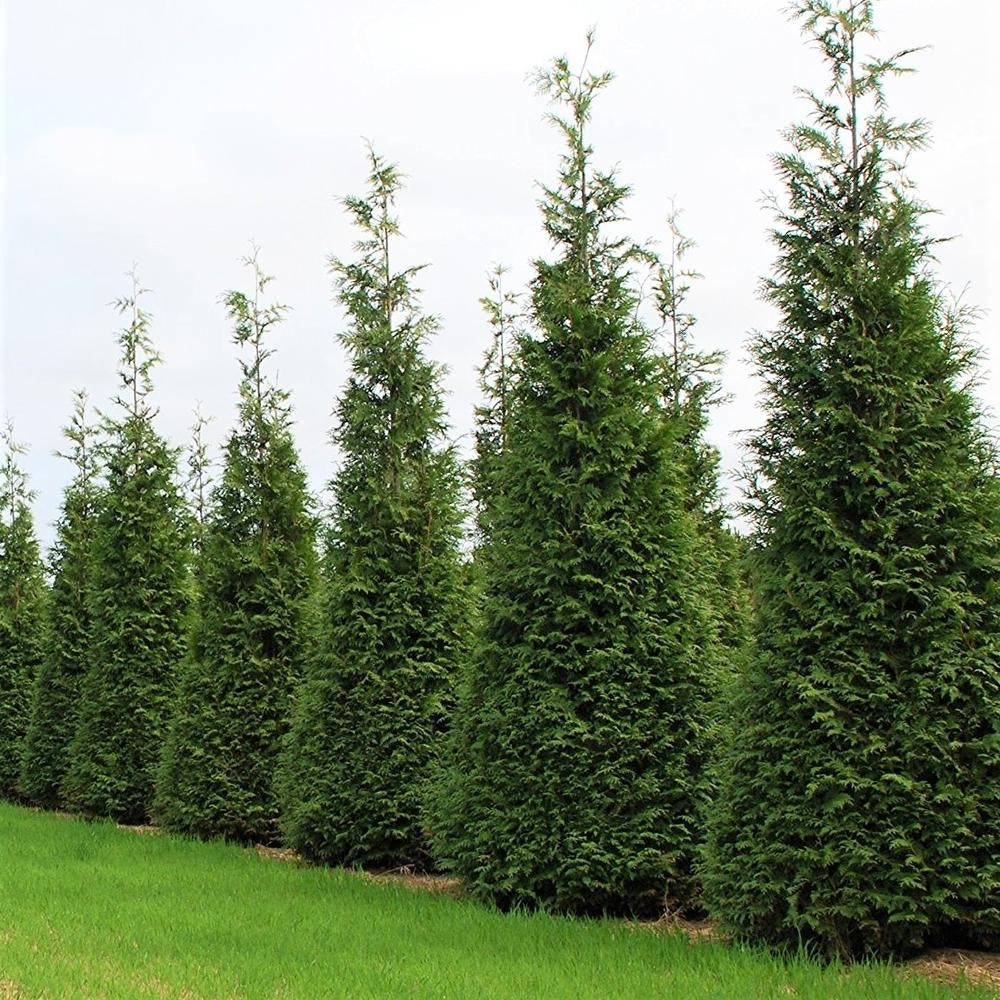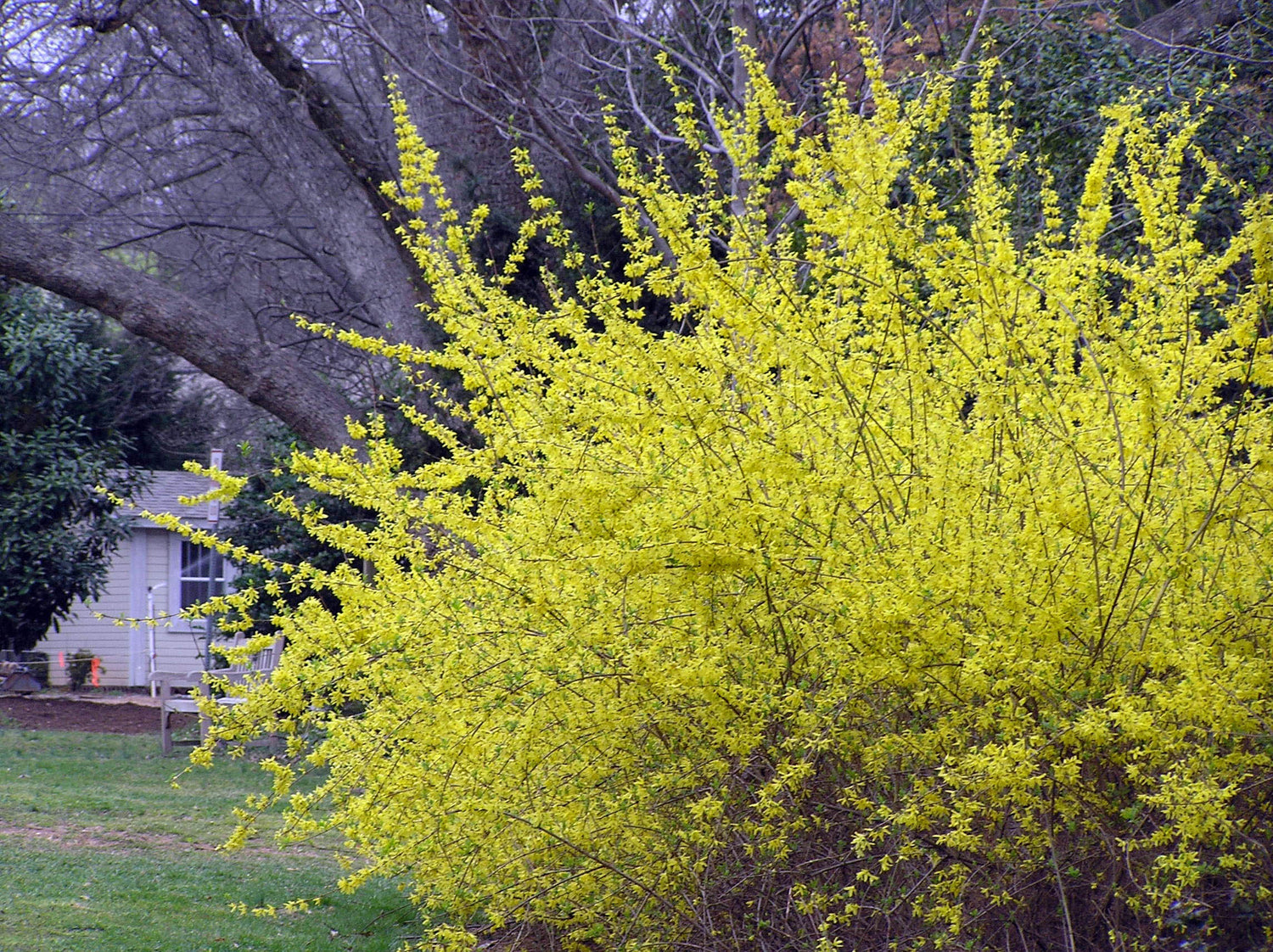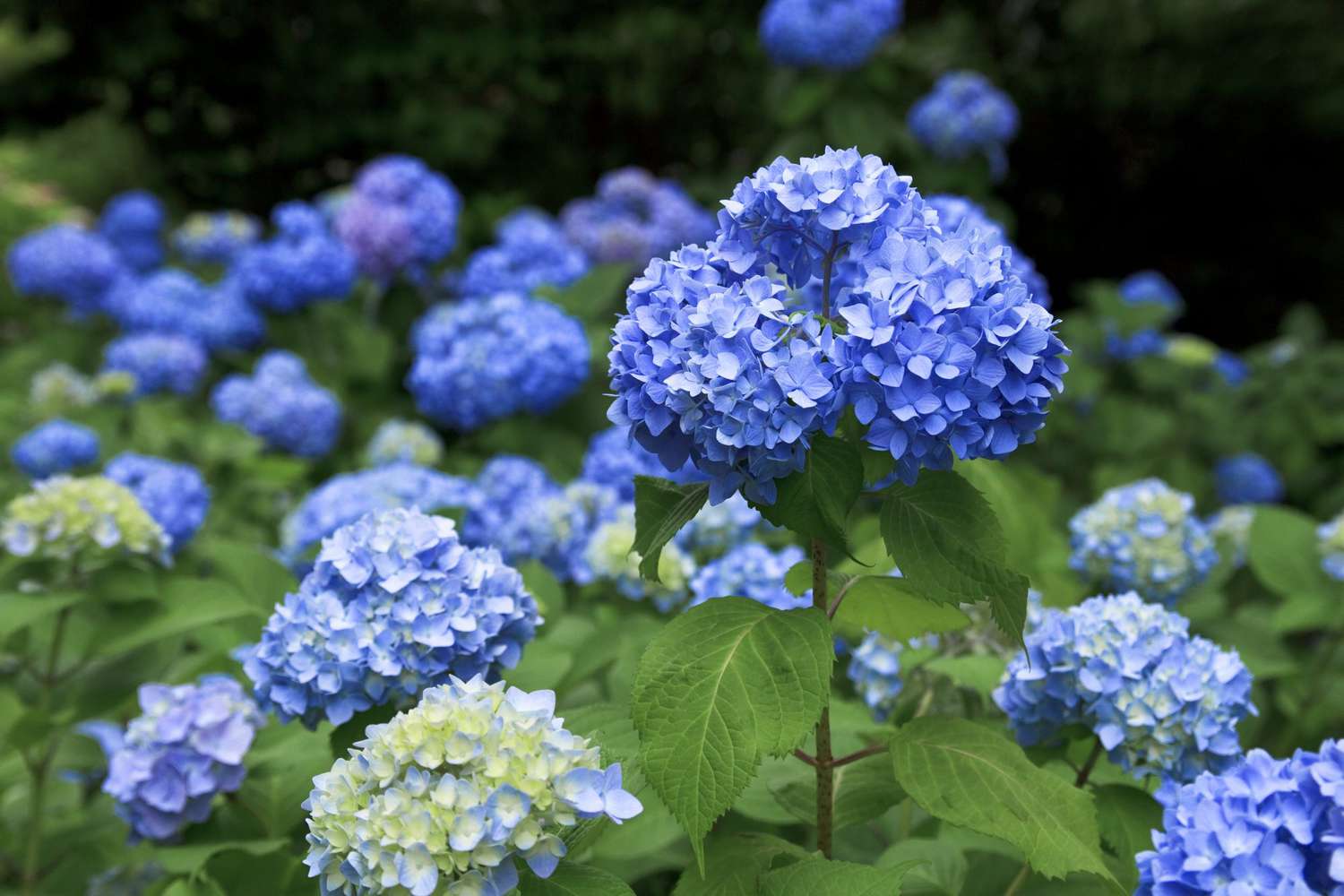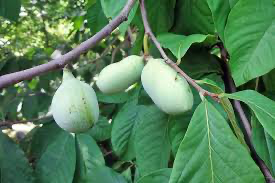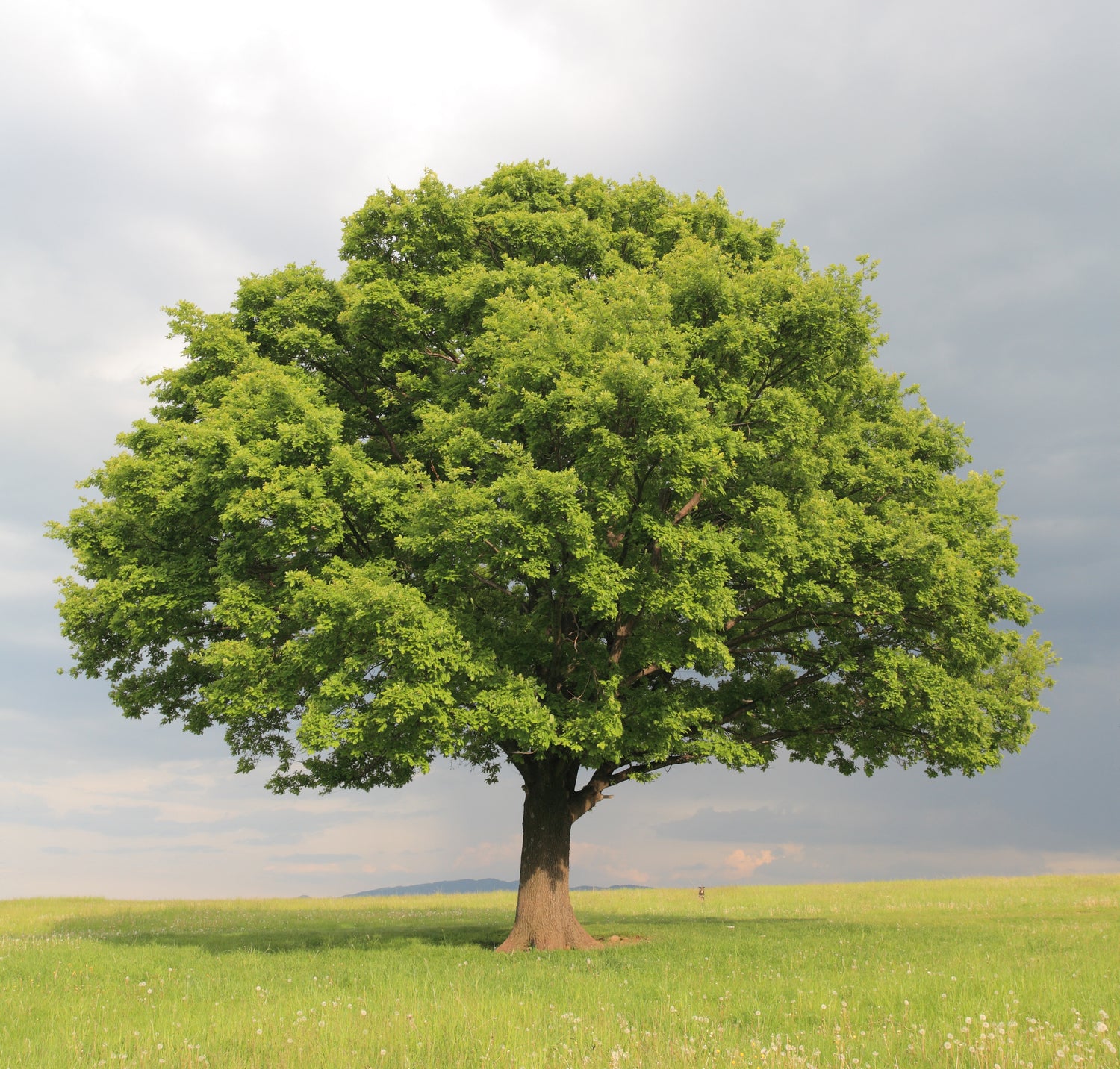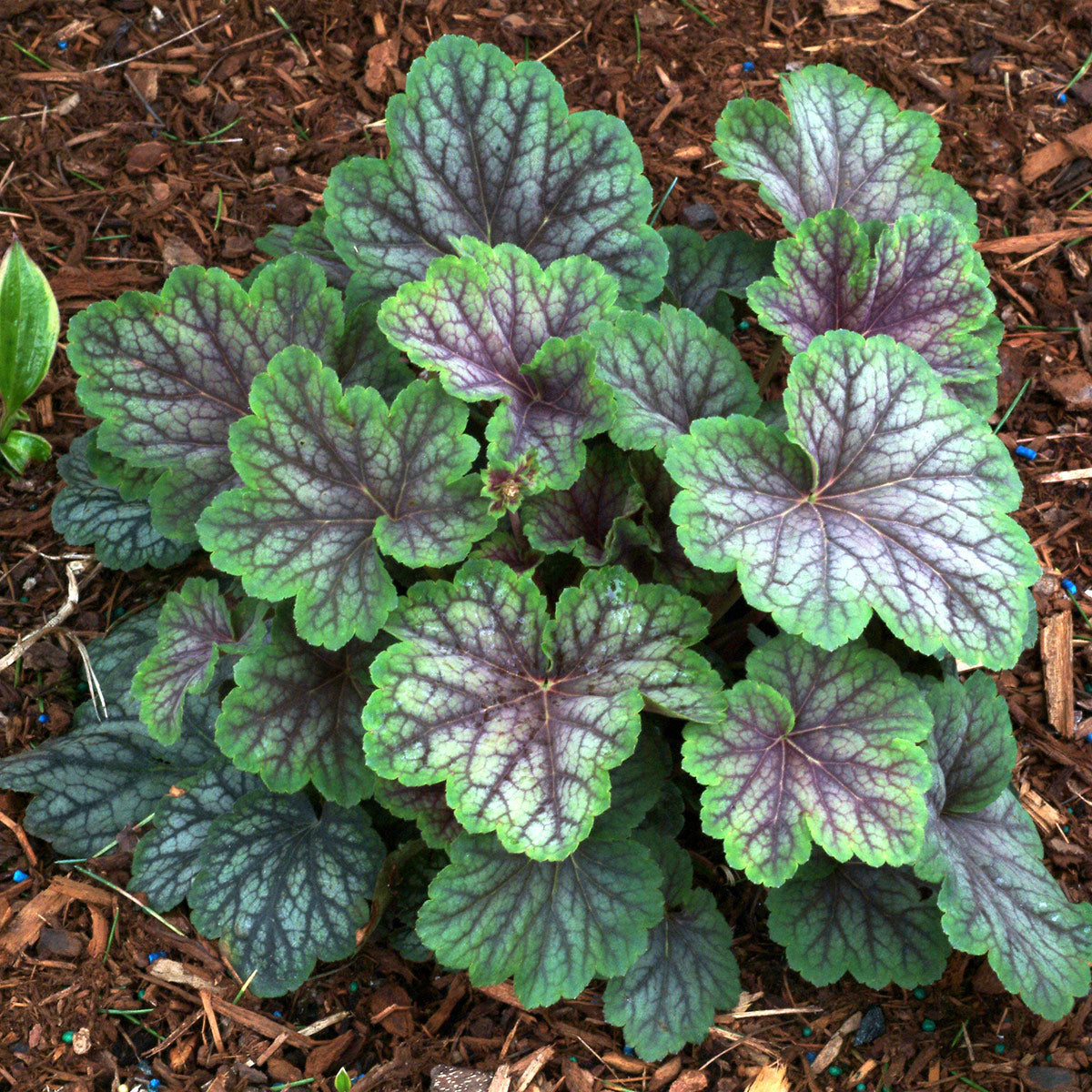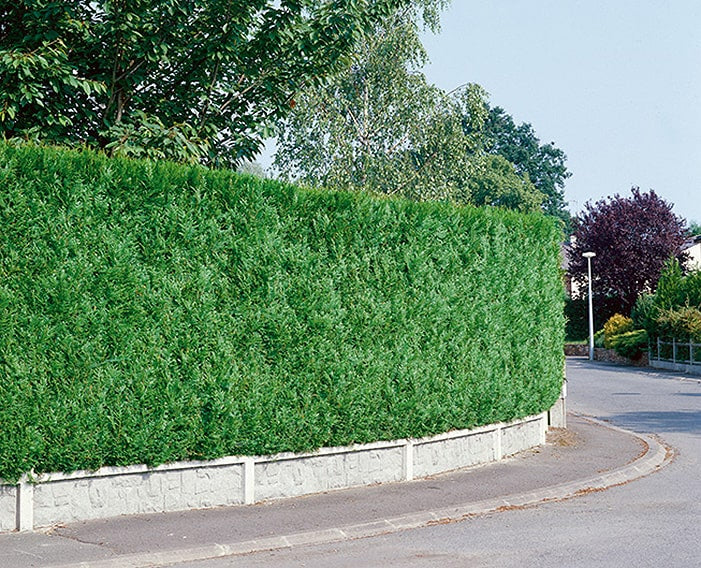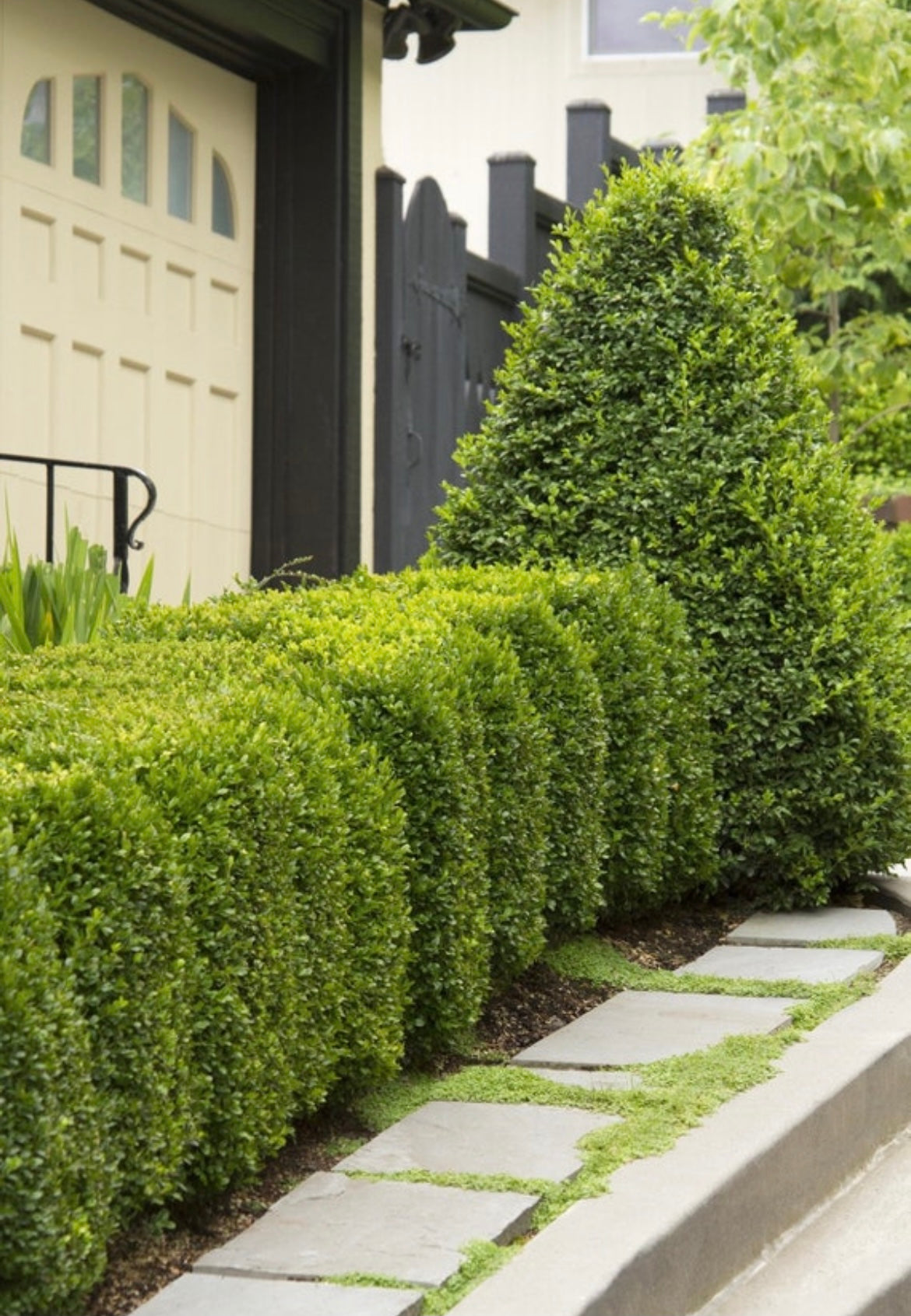
Silver maple trees, scientifically known as Acer saccharinum, are a popular choice for landscaping due to their rapid growth and beautiful appearance. These deciduous trees are known for their fast-growing nature, making them an excellent option for those looking to quickly add shade to their yards. With their distinctive silver-undersided leaves and attractive form, silver maples are a favorite among homeowners and landscapers alike.
One of the primary reasons for the popularity of silver maple trees is their ability to grow very quickly. This rapid growth rate makes them ideal for creating a shaded area in a short amount of time. Whether you're looking to cool down your garden or provide a comfortable spot to relax during the summer, silver maples can meet your needs efficiently.
If you're considering adding a silver maple to your landscape, it's essential to understand their characteristics and how to identify them. This knowledge will help you ensure that you're planting the right tree for your environment and needs. For those interested in purchasing silver maple trees, you can explore options available for Silver Leaf Maple Trees for Sale to find the perfect fit for your garden.
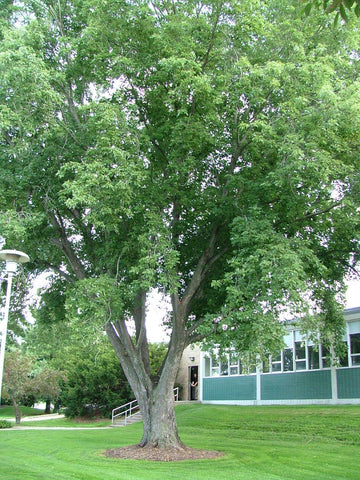

Growth and Habitat of Silver Maple Trees
Growth Rate and Mature Size
Silver maple trees are renowned for their impressive growth rate, which makes them an excellent choice for those looking to add shade quickly to their landscape. On average, a silver maple tree can grow between 3 to 7 feet per year under optimal conditions. This rapid growth allows the tree to reach a mature height of 50 to 80 feet, with a spread of 35 to 50 feet, making it one of the fastest-growing deciduous trees available.
Due to their fast growth and substantial size, silver maples are often used in large gardens, parks, and public spaces where quick shade and visual impact are desired. If you're looking for other fast-growing options, check out our collection of fast-growing plants and trees for more ideas to transform your landscape rapidly.
Preferred Soil Types and Climates
Silver maples are highly adaptable trees that thrive in a variety of soil types, although they prefer moist, well-drained soils. They are particularly tolerant of wet conditions and can often be found growing near rivers, streams, and wetlands. This adaptability makes them a popular choice for areas prone to flooding or with heavy clay soils that retain moisture.
In terms of climate, silver maples are hardy in USDA zones 3 to 9. They can withstand a range of temperatures, from the cold winters of the northern United States to the warm summers of the southern regions. This wide climatic tolerance contributes to their popularity across the country.
Common Locations
Silver maples are commonly found in various habitats across North America. They thrive in urban and suburban areas, often planted along streets, in parks, and in residential gardens. Their ability to grow in diverse soil and climatic conditions makes them a versatile choice for many landscapes.
In their natural habitat, silver maples are typically found along waterways, in lowland areas, and in moist woods. Their preference for wet conditions means they are often one of the first trees to colonize areas that are frequently flooded. This ecological role helps stabilize soil and provides habitat for various wildlife species.
Understanding the growth habits and preferred habitats of silver maple trees can help you decide if this fast-growing species is the right fit for your garden or landscape. For more information on popular shade trees, explore our detailed guide on popular shade trees to find the best options for your needs.

Identification Tips for Silver Maple Trees
Key Features to Look For
Identifying a silver maple tree involves recognizing several distinctive characteristics. Here are the key features to look for:
-
Leaves: The most notable feature of the silver maple is its leaves. They are 5-lobed with deep notches, and the underside of the leaves is a silvery-white color. This unique coloration gives the tree its name and makes it relatively easy to identify.
-
Bark: Young silver maples have smooth, silvery-gray bark, which becomes shaggy and darker as the tree matures. The mature bark often breaks into long strips, adding to its distinctive appearance.
-
Seeds (Samaras): Silver maples produce V-shaped winged seeds known as samaras. These seeds are about 1.5 to 2 inches long and usually appear in late spring. They hang in clusters and have a noticeable, curved wing that allows them to spin as they fall.
Comparing Silver Maple to Other Maples
While silver maples have distinct features, they can sometimes be confused with other maple species, such as the red maple. Here’s how to distinguish them:
- Leaf Underside: Silver maple leaves have a distinctive silvery underside, whereas red maple leaves are typically whitish but not as strikingly silver.
- Bark: Red maple bark is generally smoother and less shaggy than the mature bark of the silver maple.
- Growth Rate: Silver maples grow faster than red maples, making them a better choice for quick shade.
For a deeper understanding of the differences and more identification tips, you can explore our detailed article on learning more about silver maple trees.
Pictures and Visual Identification
Close-up Images of Leaves, Bark, and Seeds
Visual aids can significantly help in identifying silver maple trees. Here are the features to focus on:
- Leaves: Look for the 5-lobed shape with deep notches and the unique silvery-white underside.
- Bark: Notice the transition from smooth, silvery-gray bark in young trees to the shaggy, dark, and broken strips in mature trees.
- Seeds: Identify the V-shaped samaras that hang in clusters and have a helicopter-like spinning action when they fall.
Seasonal Changes in Appearance
Silver maple trees undergo seasonal changes that can aid in their identification:
- Spring: Look for the appearance of new leaves and samaras.
- Summer: The leaves are fully developed, showing their distinctive silvery underside.
- Fall: Leaves turn a pale yellow before falling, making the tree stand out.
- Winter: The bark becomes more noticeable without the foliage, revealing its shaggy texture.
For visual comparisons and more detailed images, check out our guide on popular shade trees to see how silver maples stand out among other species.
Benefits and Uses of Silver Maple Trees
Landscaping Benefits
Silver maples are an excellent choice for landscaping due to their fast growth and ability to provide quick shade. Their beautiful leaves and elegant form make them a focal point in gardens and parks. They are also suitable for urban and suburban settings, where their rapid growth can help create a lush, green environment in a short time.
Ecological Importance
Silver maples play a crucial role in supporting local ecosystems. They provide habitat and food for various wildlife species, including birds and insects. Their extensive root systems help stabilize soil and prevent erosion, particularly in wetland areas.
For a balanced perspective on the benefits and potential drawbacks of planting silver maples, read our article on Silver Maple Trees: A Popular but Controversial Choice.
Care and Maintenance of Silver Maple Trees
Planting Tips
To ensure the healthy growth of silver maple trees, follow these planting tips:
- Site Selection: Choose a location with ample space for the tree to grow to its full height and spread.
- Soil Preparation: Ensure the soil is moist and well-drained. Amend the soil if necessary to improve drainage and nutrient content.
- Planting Depth: Plant the tree at the same depth it was growing in the nursery, ensuring the root flare is visible above the soil line.
Ongoing Care
Once planted, silver maples require regular care to thrive:
- Watering: Provide consistent moisture, especially during dry periods. Young trees need more frequent watering until established.
- Pruning: Prune dead or damaged branches to maintain tree health and shape. Avoid heavy pruning, as it can stress the tree.
- Fertilizing: Apply a balanced fertilizer in early spring to support growth.
By understanding the key features, growth habits, and care requirements of silver maple trees, you can successfully identify and cultivate this beautiful and fast-growing tree. For more information on silver maple trees, visit our detailed guide on learning more about silver maple trees.

The silver maple tree is usually a popular tree that we offer! We are a small family farm nursery that mainly sells USA native trees at affordable prices shipped right to your door! See What We Offer Here!


